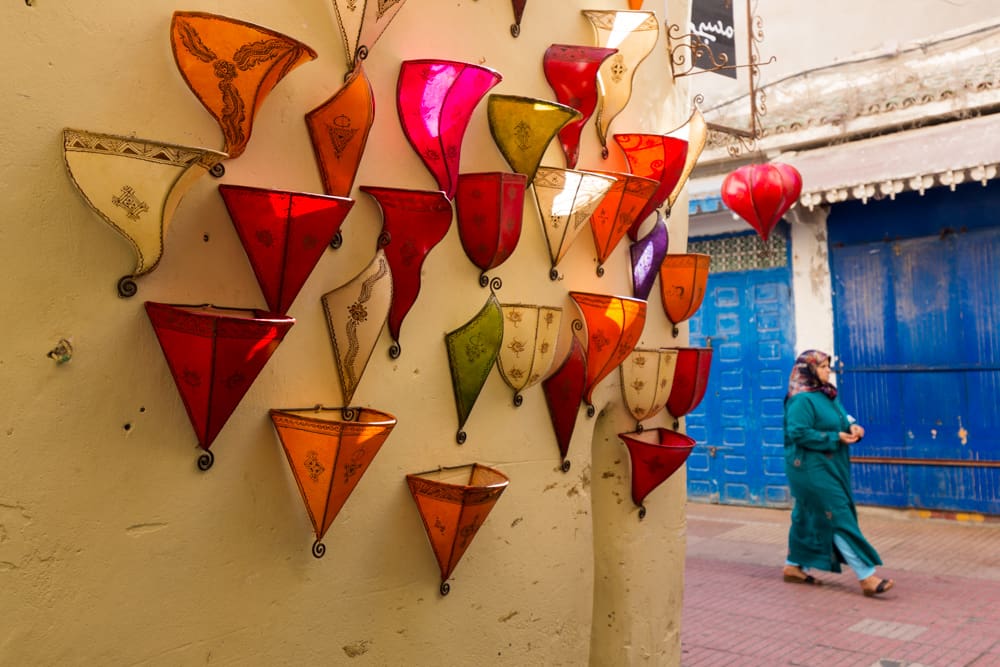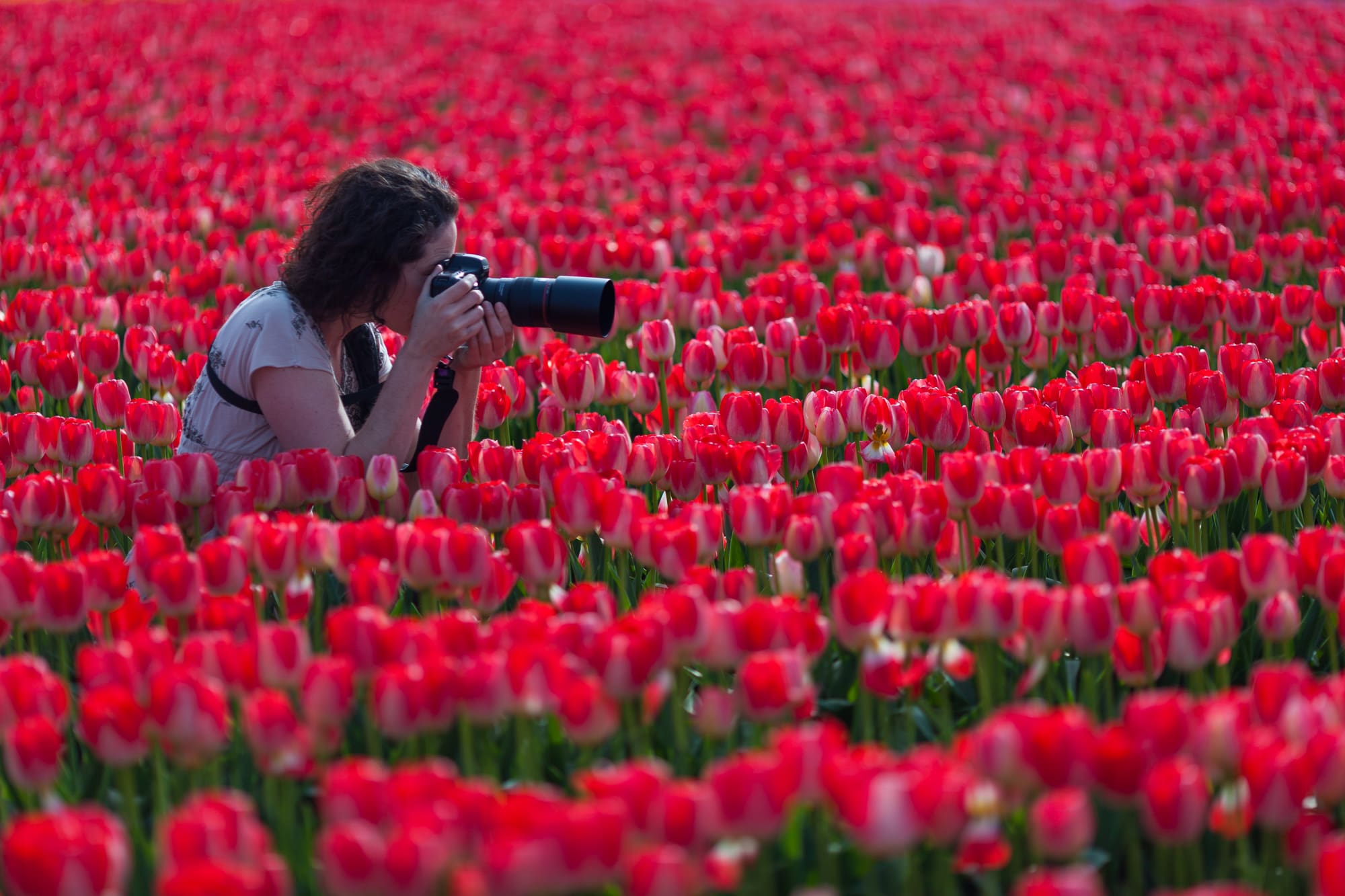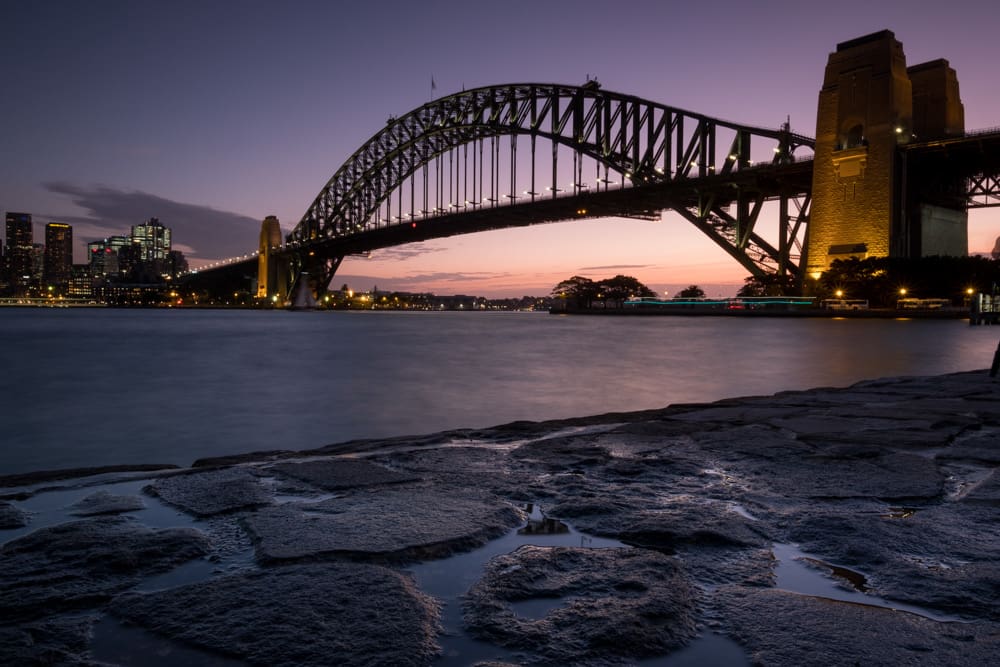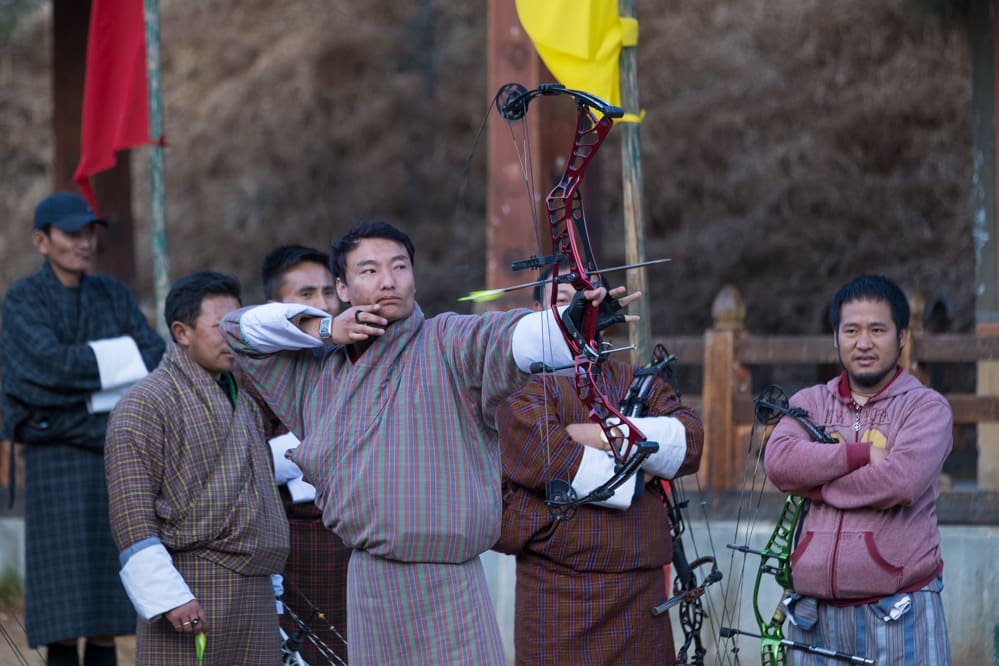Understanding and dealing with risk is a basic element of the human experience. As a traveller and more specifically a travel photographer, those risks play a big part in shaping the journey. I’ve had the fortune to experience a wide variety of travel with extreme differences in risk level. Understanding and mitigating the risks have been crucial to the success of those journeys.
On the low end of the risk scale I’ve taken cruises, road trips and visited national parks. In what some people consider more risky adventures I’ve climbed glaciated mountains, canoed down desolate rivers and been to dozens of developing countries.
In every case, the potential risks of each trip is something I thought thoroughly through. What are the risks? How likely are they? What can I do to avoid them? These are just some of the questions I would ask myself. I then made adjustments, brought equipment or took other precautions so that I could feel comfortable with the perceived risk of that journey.
I do not consider myself a risk taker by contemporary standards, but the fact is that we are all risk takers by the choices we take, or do not take. Risks can have an unknown nature to them and they are clearly subjective. What has more risk – traveling to Cuba or going to the mall?
My bet is that this would make for a spirited discussion among certain groups of people!
I would like to take you through the way I consider risk and deal with it in travel photography.
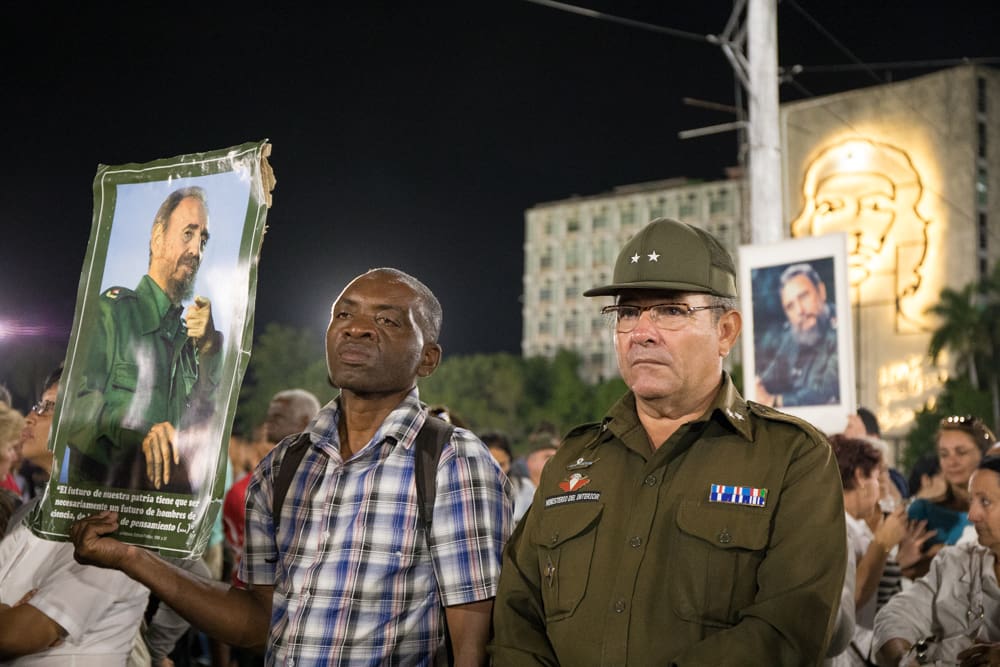
Why It’s Important
In my travel photography classes and tours I let everyone know right up front that health and safety are my top priorities, and getting great photos is a close second. The reason is simple, good photography requires a healthy and clear thinking mind. Beyond the obvious reasons for prioritizing health and safety, it’s just as important for your mind. When we feel good about a situation we are going to enjoy ourselves more, and be in the right mental state to focus our energy on what’s important to us – in this case photography.
A great example of the importance of the right mindset is from my time documenting Mt. Rainier. For those of you not from the Pacific Northwest, Mt. Rainier is a 14,411 ft / 4392 m glaciated mountain that is a favorite of serious climbers for its challenge and beauty. Getting to the top is a popular goal for a certain breed of adventure seekers and I wanted to document what it really took to make it to the top.
My first climb to the top of the mountain was harder than I expected. I was busy documenting the entire experience, from start to finish, and by the time I made it to the top I was physically and mentally drained. Reviewing my images after the trip I was surprised to discover that while on the peak, I only shot four photos. If my goal was to capture the climbing experience, how did I end up with only four photos at the top? Simple answer – my mind was preoccupied with being exhausted and avoiding crevasses. It’s a result of the bodies natural system of prioritizing health and safety over photography.
My running and racing history has provided plenty of experience in how planning and preparing to put yourself in the right position and state of mind can maximize your experience. For the travel photographer, comfortable shoes, good directions and the right camera bag are all items that could make or break a situation. Being physically and mentally prepared will help you prepare for the worst and bring out your best.
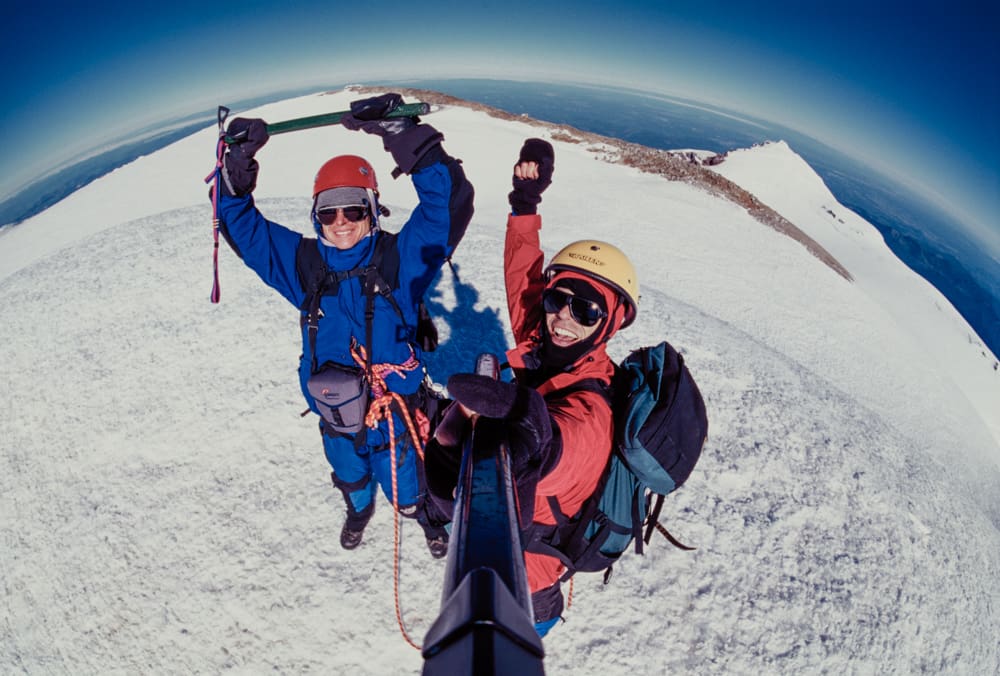
What are the risks?
Death, injury, sickness, theft, damage, loss – these are just a few items on a long list of what to avoid if at all possible. A bit of research into where you are going, potential issues, along with current conditions is a first step. Knowing and being comfortable with your accommodations and food options is a good second.
Risks can generally be separated into two categories, you and your equipment.
Theft of your gear
The extra risk a photographer deals with is dealing with the camera and the assorted accessories that accompany it. Expensive, fragile and a thief to your attention are the camera’s lesser known attributes. I’ve always considered a journey’s first level of success is that if my equipment wasn’t stolen, broken or lost. It’s a low bar, but an important one to clear.
Theft of equipment directly from you, robbery, can be avoided by where you go, when you are there, who you are with and how you act. While I sometimes like to travel alone, this is a major benefit of traveling with a friend or a group. I’ve never been robbed, nor even harassed when out shooting, and considering the places I’ve been, maybe I’m just really good at this ,or lucky, or a bit of both.
I’ve made a habit of putting the camera out of site until I planned on using it. I’ve tried to keep a low profile and blend in with the situation as best I can. If you’ll permit me a moment to gloat – being of a shorter height is a real benefit in this regard. I know there isn’t anything you can do about your height, but if you are shorter than average, insert smirk here.
I like the photo backpack when traveling from one major shooting destination to the next. When shooting on a more regular interval I’d opt for the camera bag so that the camera can be put away more easily.
I’ve routinely used gaffer or electrical tape over the name and logo’s on the camera. I know that this doesn’t prevent the camera from being identified by a connoisseur, but that’s not the point. The idea is to lower your profile and a no-name black blob is less interesting than a Canon or Nikon to the typical thug.
There’s a lot of things I do and don’t do with my camera bag that I believe lowers my “target” level. To my amazement I’ve seen other photographers with bags open and unattended, and equipment spread out like it was a yard sale. I never leave my bag sitting on it’s own away from me. I only have it open if I’m actively getting something out of it. And I only open it as much as needed, I don’t fling the whole lid open so everyone passing by can get a good look. If I’m not accessing the inside of it, my camera bag is attached to me, that way I can quickly move away from a situation if needed.
Even in a locked hotel room I’m careful about equipment. I don’t doubt that there are thieves that work in housekeeping, but I’ve found it exceedingly rare. The problem is that when your room is cleaned the door is often open for quite some time. Anyone passing by your room may be presented with an opportunity, should you provide it. For this reason I never leave equipment out in the open if I’m not in the room. I frequently leave equipment in the room, but it’s packed away, usually in a locked suitcase or the room safe.
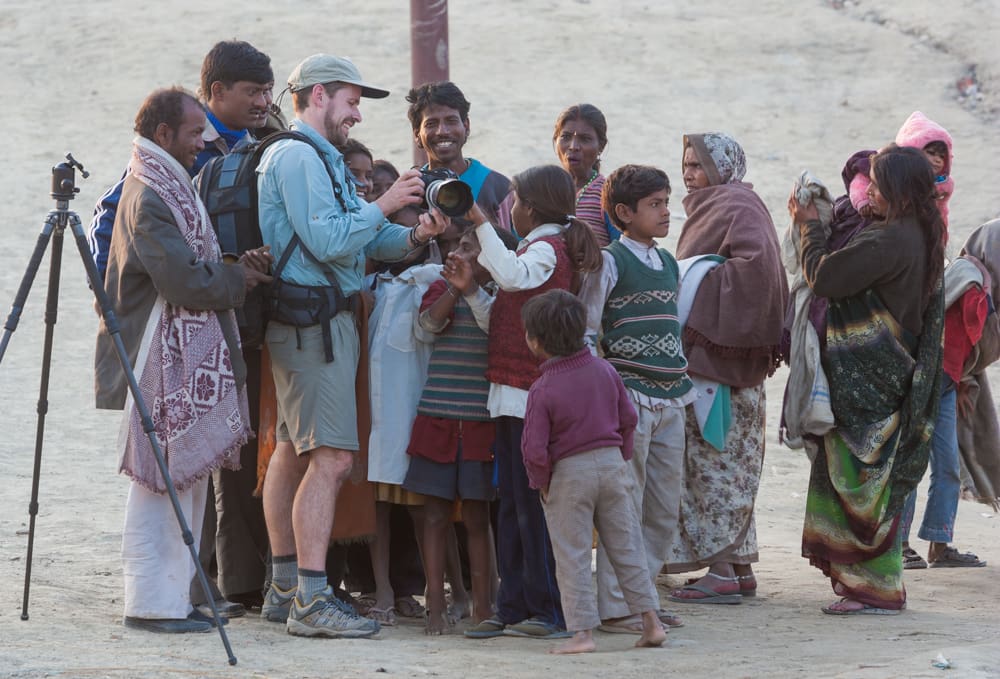
Risks in a post-pandemic world
A new risk will now be on all of our radar as we start to venture back out into the world. As I’ve lead many photographic tours in the past, this is something I’m keeping a keen eye on. Safety for myself and my tour participants is again, my number one priority. I will not be venturing out unless the people I’m traveling with are safe, and the places we are traveling to are also safe.
Vaccination for COVID 19 is just the tip of the vaccination iceberg. It’s a topic that most experienced travelers are very familiar with. Because of my experience with the topic, I’ve personally found all this ‘vaccination hesitation’ a bit strange. When I started to travel professionally I visited the University of Washington travel medicine clinic and consulted with a doctor about the locations that I was going and various virus risks. With an ambitious travel schedule I was prescribed a variety of different vaccinations. In my first visit to the clinic I walked away as the unofficial UW record holder for the most vaccinations at one time. I got eight in one sitting, a record I hope never to break.
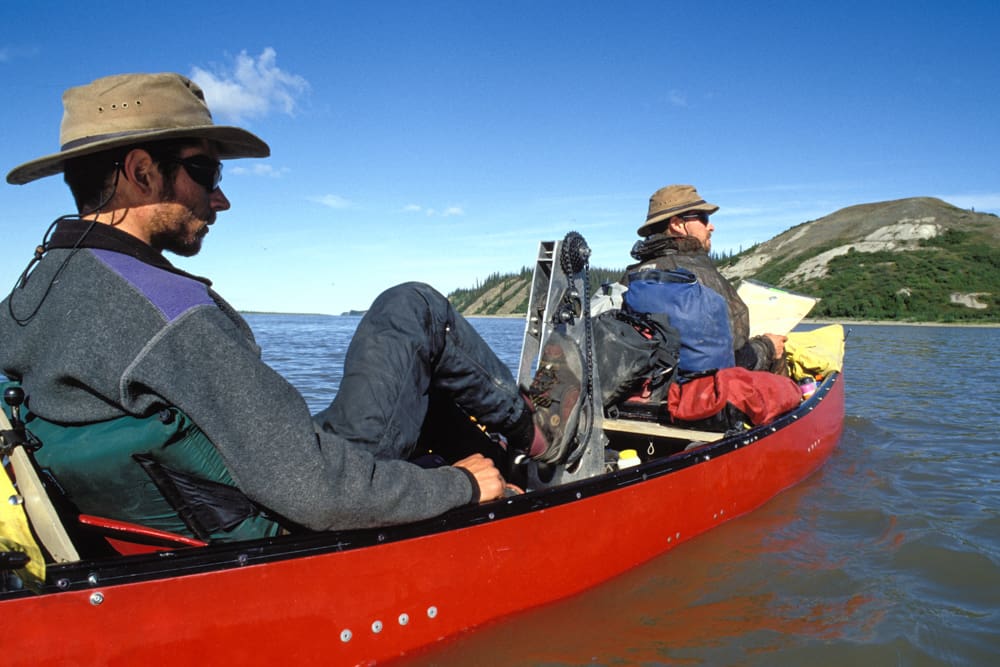
Here’s a list of all vaccinations I currently have…
- Hepatitis A
- Hepatitis B
- Influenza
- Tetanus, diphtheria, pertussis (Tdap)
- Measles, mumps, rubella (MMR)
- Polio (IPV)
- Typhoid
- Yellow Fever
- Pneumococcal conjugate
- Meningococcal B
- COVID 19
Most of these were for reasonable precautions, but some were necessary because they were required to gain entry into the country. Needless to say, I do recommend a visit to a travel medicine clinic before international travel, especially if you plan on visiting some of the more adventurous destinations.
While we here in the USA are slowly working our way out of a pandemic many other countries are far behind us in vaccination rates. Even though I’m fully vaccinated, I do not feel comfortable visiting, or leading a tour to a destination that doesn’t feel safe to me. Many countries have made it an easy choice for right now, by not allowing entry for tourism. When they do open, I’m not likely to be first in line. I’ll keep an eye on the data and be reading the reports out of the country. I may even take a scouting trip there alone, to see it first hand.
As for what future tours and travel will look like, I just don’t know. I recently sent out a survey to find out what all you were thinking. Let’s just say – there was a wide variety of opinions! Some didn’t want requirements for vaccinations, others didn’t want unvaccinated people holding the group up due to vaccination restrictions.
As I look forward, COVID 19 will just be one of many factors that I look at as a potential risk. Like all the other risk factors I’ll identify it, assess it, then figure out the best options to avoid it or mitigate it. It’s all very logical and sensible from my point of view. I haven’t survived to the age I am without a broken bone or a serious car accident by luck alone.
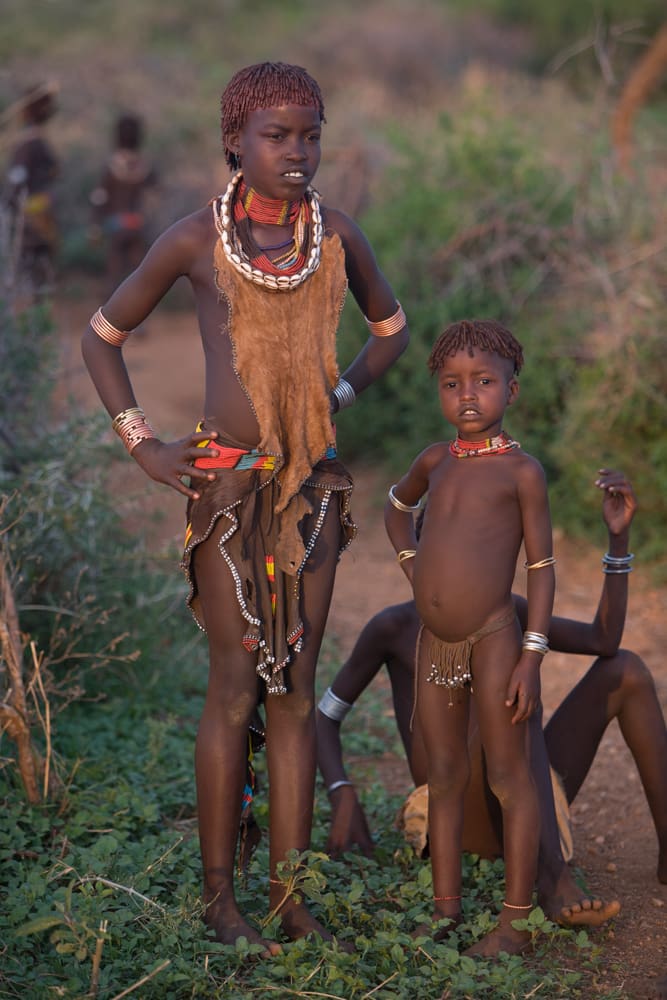
Become part of John’s inner circle
Sign up for the newsletter here – it’s free.
Want to become a better photographer?
Check out John’s selection of photography and camera classes here.
